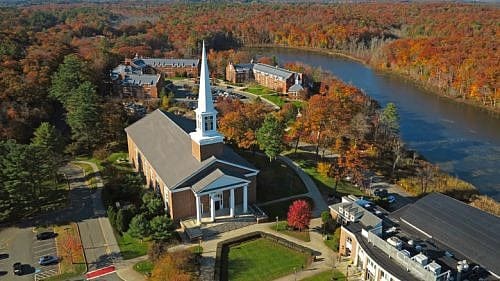Presidents of successful small religious colleges share insights (Part 2)

This is the second in a two-part series on the insights and challenges facing smaller religious colleges. Read Part I here.
Faced with dwindling enrollment and financial shortfalls, many small religious colleges are unable to survive. However, three small religious colleges in the area are defying this trend, and are flourishing in the nation's most competitive higher education market. In Part 2 of our series, we'll explore the proactive and farsighted strategies adopted by the college presidents, which led to their success.

